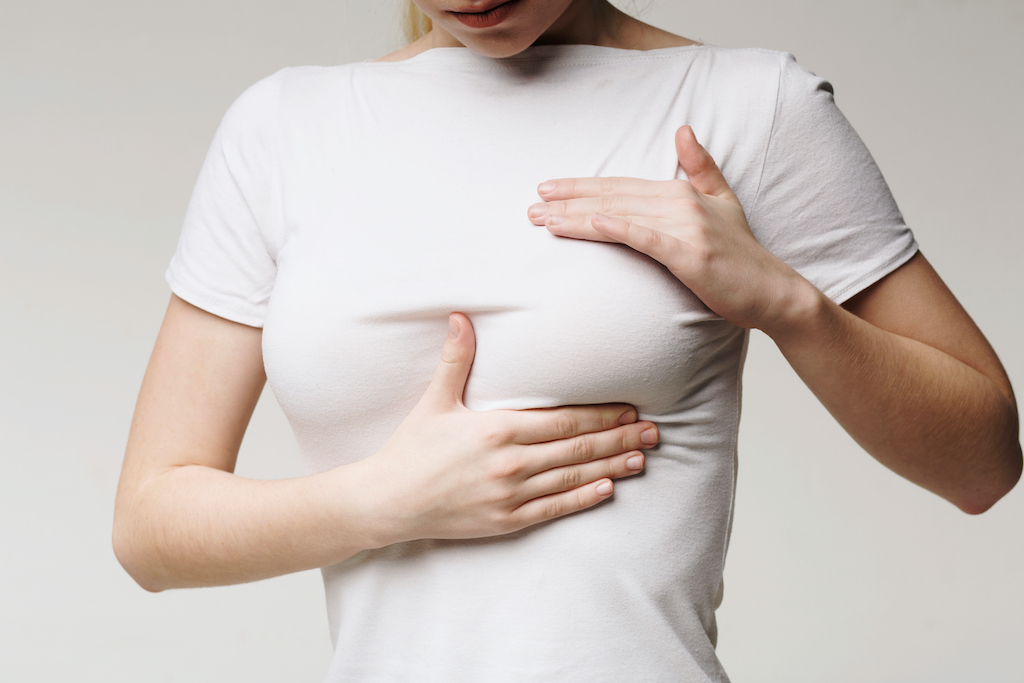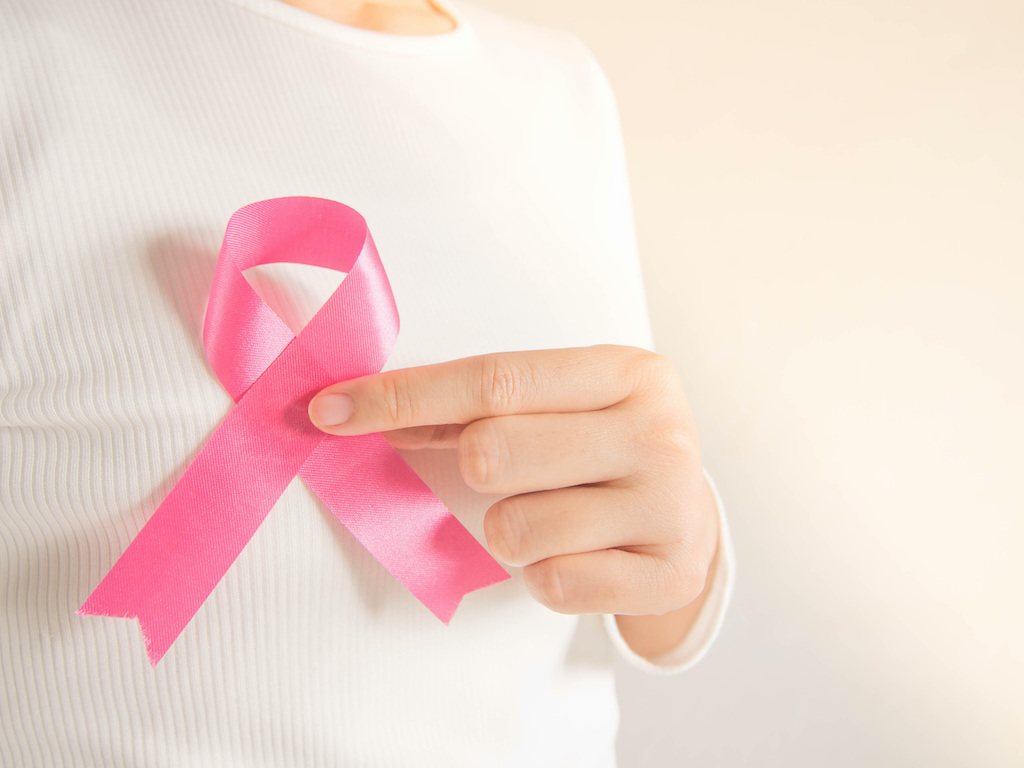PRMA Plastic Surgery is one of the leading breast reconstruction centers in the world. Breast Reconstruction is our passion. We specialize in state-of-the-art breast reconstruction procedures including DIEP flap, SIEA flap, GAP flap, TUG flap, PAP flap, LTP flap, fat grafting, direct-to-implant, nipple-sparing mastectomy, 3D nipple/areola tattooing, and lymphedema surgery.
October marks the start of Breast Cancer Awareness Month, where we support survivors and raise awareness about this disease that affects more than 200,000 individuals in the US every year. Read on to learn more about the options when it comes to addressing breast construction or going ‘flat’ after a mastectomy from the Haute Beauty experts at PRMA Plastic Surgery.
 Photo Credit: ShutterstockYou do NOT have to have breast reconstruction!
Photo Credit: ShutterstockYou do NOT have to have breast reconstruction!
Aesthetic flat closure is an option that should be as equally discussed as breast reconstruction. Known as “going flat,” flat closure offers patients the ability to maintain balance and symmetry without reconstruction. Aesthetic flat closure is typically performed at the time of a mastectomy but can also be performed after a previous reconstruction surgery if a patient is unhappy with their results or experiences chronic complications.
Breast implants are a good option BUT they aren’t the only ones.
The most commonly performed method of breast reconstruction uses tissue expanders and implants. Implants can provide great results for many patients, but they are not the only option. Reconstruction options using your own tissue (referred to as autologous or “flap” reconstruction) are also great options that should be considered. In particular, after radiation treatment flap procedures are associated with fewer complications than implant-based reconstructions. Procedures, like the DIEP flap, use a patient’s lower abdominal skin and fat to safely reconstruct a “natural” breast following a mastectomy.
Patients left numb after mastectomy have options to help restore breast feeling.
Following a mastectomy, many patients experience permanent numbness to the chest area and reconstructed breasts. This is because the sensory nerves that provide feeling are usually cut during the mastectomy. Advances in breast reconstruction techniques have made sensory nerve reconstruction possible. By reconnecting the sensory nerves in the chest, patients can significantly improve the return of feeling to the reconstructed breast.
 Photo Credit: ShutterstockEnhanced Recovery After Surgery (ERAS) protocols are making recovery easier.
Photo Credit: ShutterstockEnhanced Recovery After Surgery (ERAS) protocols are making recovery easier.
Many surgeons are now implementing ERAS protocols to ensure their patients experience an easier recovery following breast cancer surgery, with or without reconstruction. Regardless of the type of reconstruction performed, ERAS protocols are reducing hospital stays, shortening recovery, and reducing the need for narcotics to control discomfort after surgery.
Surgical Lymphedema treatment options can be performed during breast reconstruction.
For patients suffering from lymphedema in the upper extremities following breast cancer surgery, surgical lymphedema treatment options may provide much-needed relief. Procedures like vascularized lymph node transfer can be performed at the same time as some flap-based breast reconstruction options (like the DIEP flap). The procedure involves replacing lymph nodes damaged or removed by previous breast cancer treatment with healthy lymph nodes from another part of the body. This can help restore the lymphatic drainage of the arm and can improve arm lymphedema.
For more information, visit Dr. Brian A. Levine's social media:

























